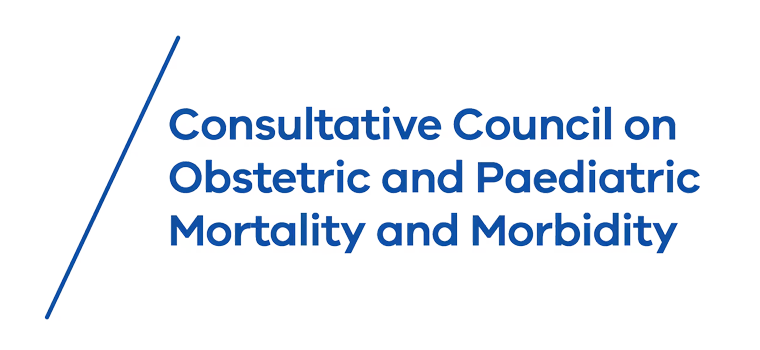Aim
The aim of this good practice point is to guide clinicians in the use of POCUS for managing obstetric emergencies.
Background
Advances in technology and portability of ultrasound has seen increased use of POCUS in both general medicine and obstetrics and gynaecology. POCUS may help answer focused clinical questions and support management decisions, particularly in acute presentations where timely access to radiology services is not available.
POCUS use in obstetric emergencies
POCUS can be a valuable tool in maternity care. However, CCOPMM have recently reviewed several cases of postpartum haemorrhage (PPH) where POCUS may have delayed definitive management. Stabilisation and life-saving measures should always take precedence over imaging. POCUS should only be performed when it does not impede the delivery of urgent care to the woman or fetus and where management relies on scan findings. This can be compared to fetal blood sampling, which should only be performed when there is not clear evidence of serious fetal compromise, or the clinical picture indicates that the birth should be expedited.
Case vignettes
Audrey is a 33yo G1P0 who has a vacuum delivery for a non-reassuring CTG at 39+2. A PPH is identified soon after birth. Full uterotonics are administered, and an IDC inserted. Audrey is hypotensive. Measured blood loss is 1800mls. Ongoing loss is identified and a fundal rub identifies the uterus is boggy. Retained products of conception (RPOC) are suspected. POCUS is not used in this case, as immediate stabilisation and resuscitative efforts must be prioritised. Audrey is promptly transferred to OT for EUA, with RPOC and clots removed. She receives appropriate blood products in line with her EBL and resulting low Hb.
Stella is a 29yo G1P0 who has had a prolonged second stage of labour and an abnormal CTG, necessitating delivery. Vaginal examination demonstrates that Stella is fully dilated, at +2 station and caput +++. The position of the fetus is difficult to determine and the Obstetrician needs to ensure the safest mode and location for an operative birth. The Obstetrician employs POCUS to accurately determine fetal position and finds that the fetus is in an OT position. Findings are communicated to Stella and it is recommended that they attend theatre for a trial of forceps, +/- LUSCS.
References
Cheng, P.J. and Hsu, N.C., 2023. Incorporating multiorgan point-of-care ultrasound into obstetric emergency treatment protocols. Journal of Medical Ultrasound, 31(2), pp.83-85.
Mosier, J.M., Stolz, U., Milligan, R., Roy-Chaudhury, A., Lutrick, K., Hypes, C.D., Billheimer, D. and Cairns, C.B., 2019. Impact of point-of-care ultrasound in the emergency department on care processes and outcomes in critically ill nontraumatic patients. Critical care explorations, 1(6), p.e0019.
Recker, F., Weber, E., Strizek, B., Gembruch, U., Westerway, S.C. and Dietrich, C.F., 2021. Point-of-care ultrasound in obstetrics and gynecology. Archives of gynecology and obstetrics, 303(4), pp.871-876.
Svigos, J.M., Gopinathan, B. and Moffat, A., 2023. A Focus on Intrapartum POCUS (Point of Care Ultra-Sound). Recent Trends Gynecol Obstet, 1(1), pp.1-3.


